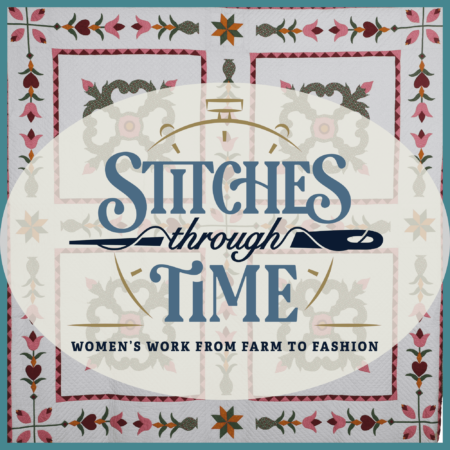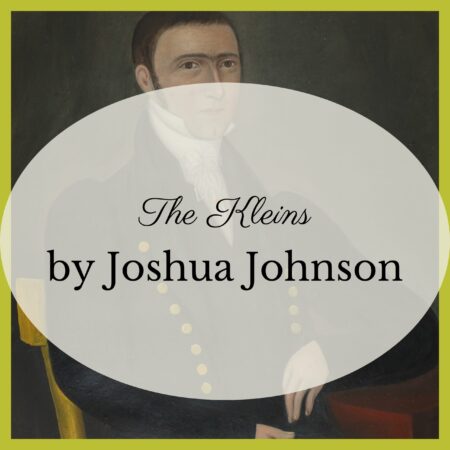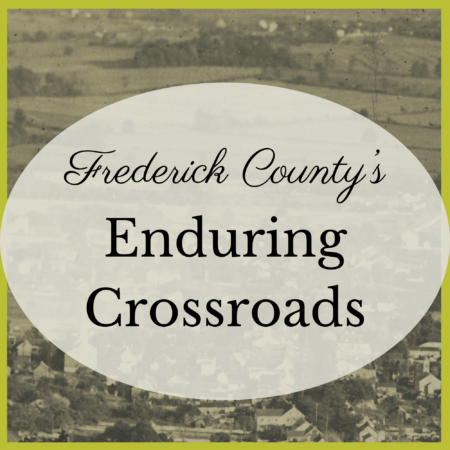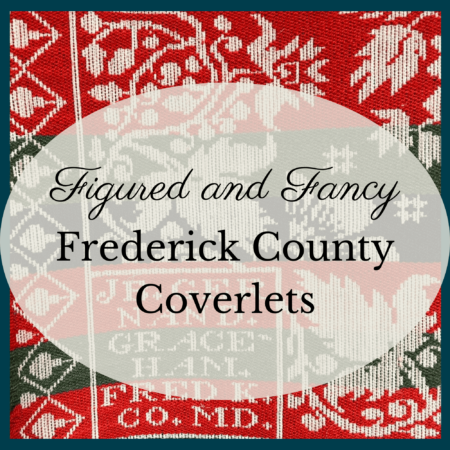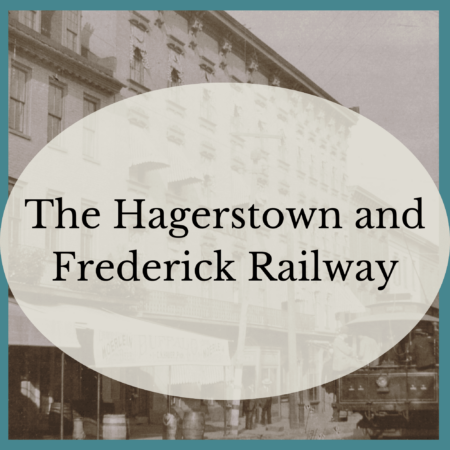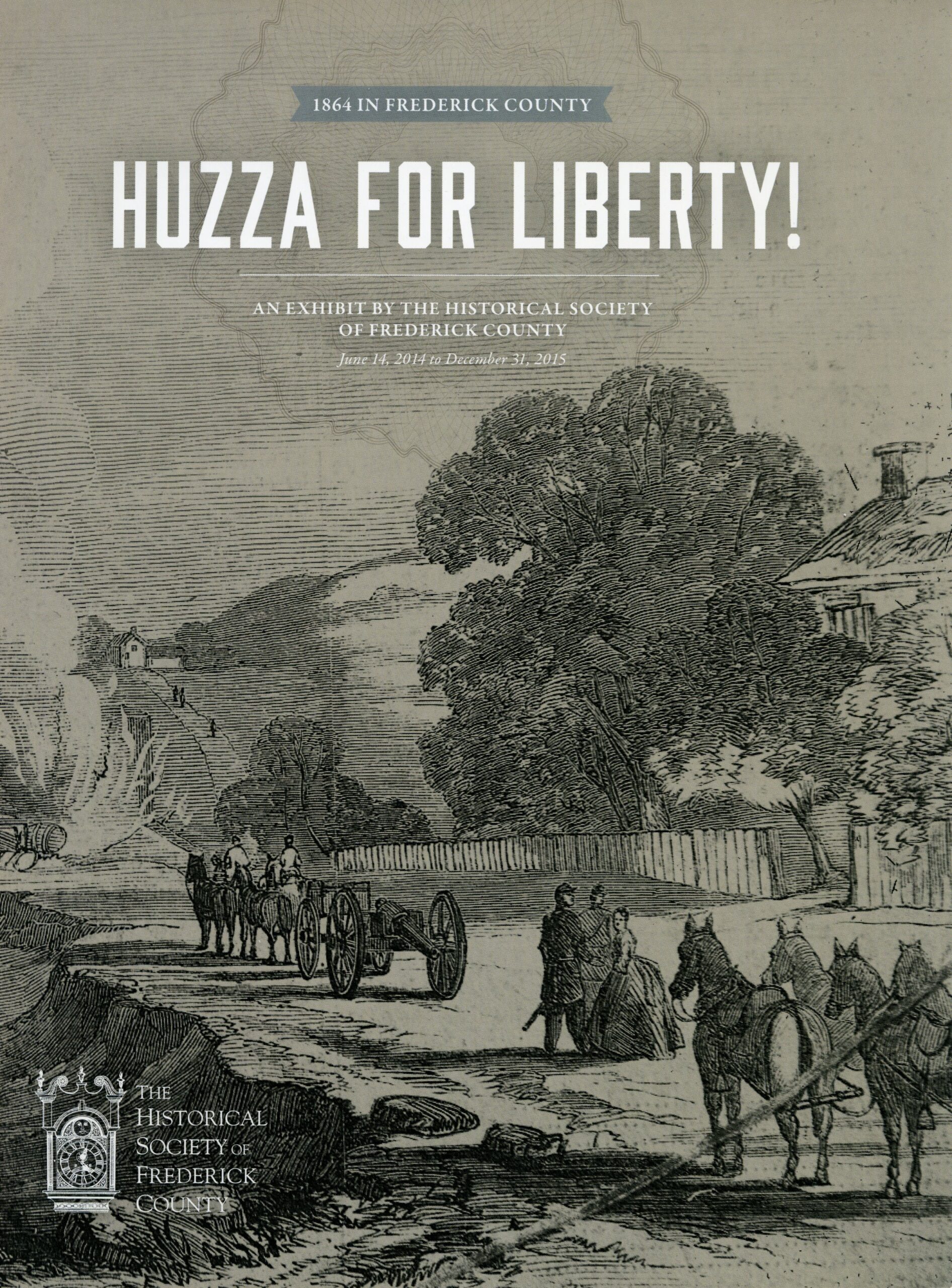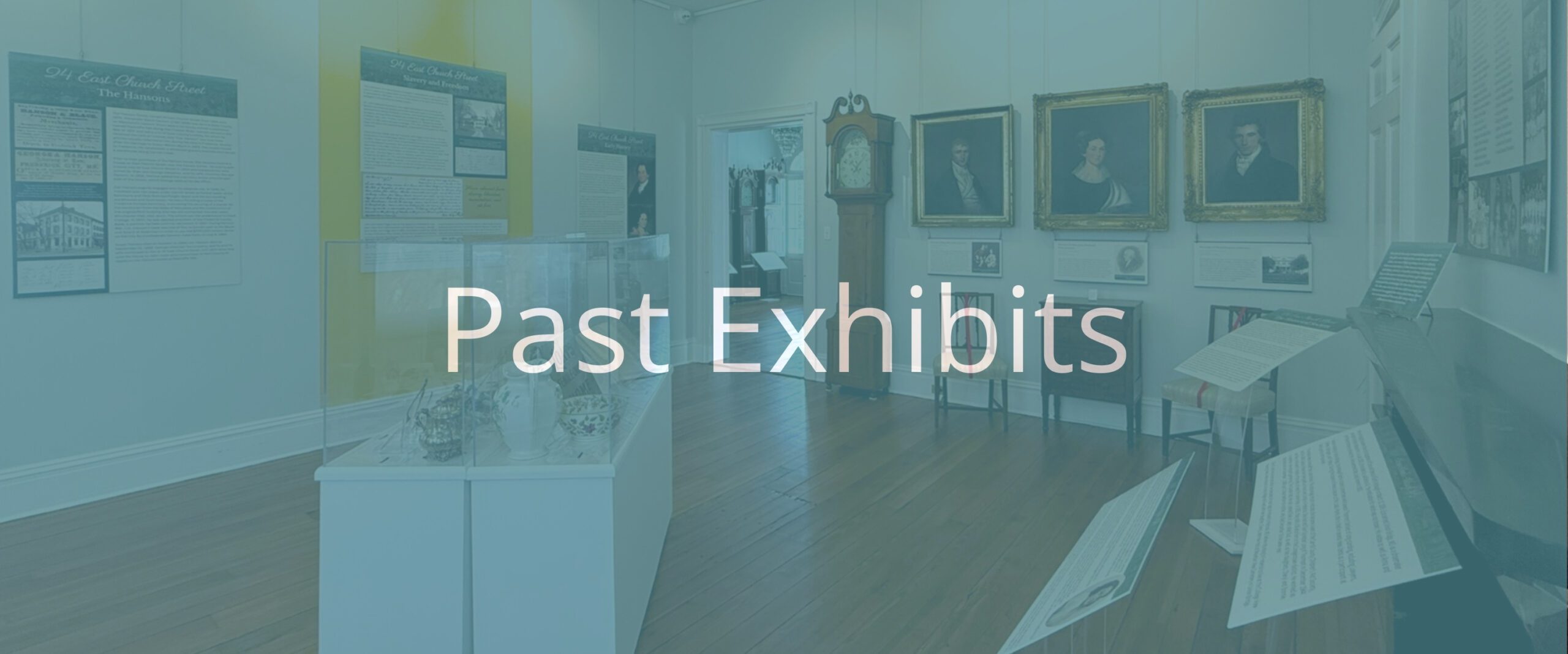
The history of textile production in Frederick County illustrates the transformation of home-based work meeting a family’s needs into industrial manufacturing that met wide-spread consumer demand. Stitches Through Time explores one story of women’s work, interpreting the history of textile production up to the 1950s. The exhibit features a beautiful selection of hand-sewn quilts and clothes from the 1800s; equipment, advertising, photographs, and ephemera from the factory era; and selections of mid-20th century clothing by Claire McCardell that reflect the department store culture that emerged after World War II. Ten wedding dresses spanning 120 years showcase the themes in our story.
Joshua Johnson is considered America’s first Black portrait artist. He was born enslaved in 1763 to a White farmer and an enslaved Black woman in Baltimore County, Maryland. Johnson’s father purchased him at one year old and raised him, eventually helping Johnson learn blacksmithing and freeing him. Johnson lived as an adult in Baltimore City and turned to painting portraits, usually of the merchants, government officials, and ship captains who lived nearby.
Among Johnson’s sitters were the family of E. Frederick and Anna Klein. Klein operated a bakery on Pearl Street in Baltimore, around the block from Johnson’s home. The Kleins remained in Baltimore until 1840 when they relocated to Frederick County. Scholars attribute about 90 surviving paintings to Johnson, and Heritage Frederick is pleased to share two from its collection.
The history of Frederick County is written at its many crossroads, from rural villages and towns to the city’s Square Corner. Ancient paths of migration and trade established by indigenous peoples before European colonization endure as the nuclei of Frederick County’s oldest settlements. These crossroads have fostered technological innovation, witnessed significant moments in American history, and forged communities which have persisted through three centuries of social, economic, and cultural transformation. This exhibit explores our local crossroads through the themes of community, land, identity, and persistence, and will feature artifacts from Heritage Frederick’s museum and archival collections as well as loaned artifacts from South Mountain Heritage Society in Burkittsville.
The adage that “a picture is worth a thousand words” has been proven true since humans began recording events and stories on the walls of caves. Later, as we perfected recording events with writing and printing, capturing images mechanically remained elusive. The advent of photography in the 19th century made it possible for images to be captured in a reliable and repeatable manner. Technological innovations further democratized the ability to capture memories and commit them to a visual and enduring medium.
In Frederick County, photographers employed the latest technologies to record images of people, landscapes, everyday experiences, and momentous historical events. Between 1840 and 1920, over thirty photographers are known to have worked in Frederick County. This exhibit explores this technological evolution and features reproductions of photographs taken in the county over a sixty year period by local photographers.
A coverlet is a woven textile used as a decorative top on a bed. A weaver used a large loom to manipulate the threads into a finished fabric, rather than hand-sewing. Coverlets typically were a blend of wool and cotton combined into a single layer. Made on large looms, coverlets were nearly always created outside of the home in the shop of professional weavers. In Frederick County, the “figured and fancy” coverlet dominated. The pattern featured curvilinear and realistic designs that included flowers, trees, and animals, which shares a close connection to German symbols incorporated into local quilts, too. View our gallery of four examples of coverlets made by Frederick County weavers between 1830 and 1870.
From 1896 until 1954, a network of interurban trolley lines were built linking communities across Frederick and Washington Counties. This exhibit presents the history of these electric railways and how they changed the landscape and communities of Frederick County. View historical photographs and artifacts from the trolleys and a map showing the various routes that comprised the overall system at its height of operation. This display is Heritage Frederick’s 2023 Community Gallery exhibition, presented in partnership with the Hagerstown and Frederick Railway Historical Society.

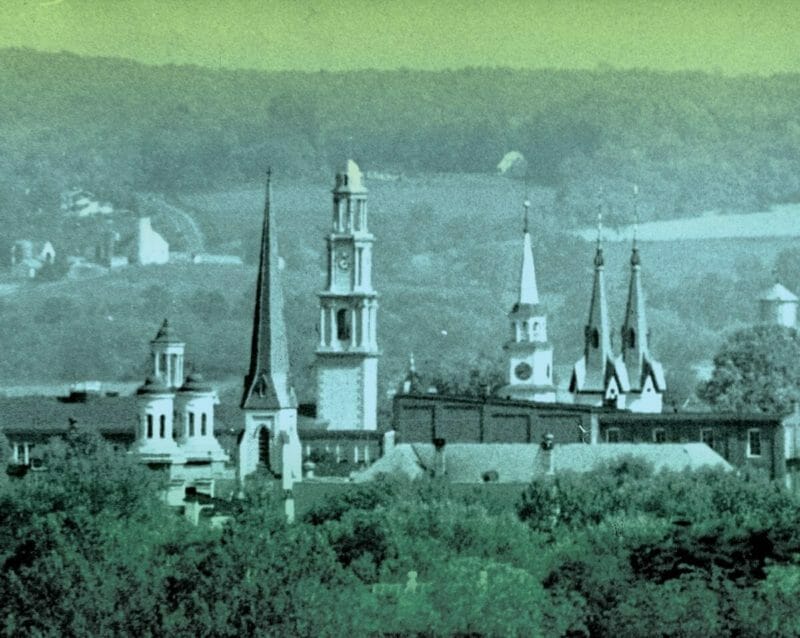
Frederick County has always been a crossroads.
It’s allure to residents and visitors today is not much different from what captivated the Indigenous Peoples or the settlers from around the world who came here over the last 275 years. People have benefited from a scenic environment, ample natural resources, fertile lands, and the production of necessary goods and amenities.
A continual mosaic of people has created and re-created this unique and special place. Frederick County’s story goes on with authors that include new residents who arrive from neighboring counties, states, and countries from around the globe.
We the People highlights the impact and influence of the experiences of early inhabitants and settlers to Frederick and how the stories that modern immigrants have today aren’t all that different.
The objects in this exhibit have one thing in common – their connection to Frederick County. Most were made here, all were used here. These objects span several centuries and reflect the diversity of cultures and socio-economic groups in Frederick County. They are our tangible link to the past and to prior generations of many Frederick County families.
“Frederick County by Design” features several varieties of decorative arts, including furniture, clocks, metalware, textiles, paper, pottery, and glassware, as well as fine art.
Whether you look at the objects in this exhibit individually or as a group, they tell a story. What we see in these objects gives them meaning and value. Discovering and exhibiting Frederick County objects is not simply a matter of cataloging similarities and differences. Ultimately, these objects tell us something about the craftsmen and who made them, the people who used them, and the culture from which they came.
“These are awful times. One day we are as usual the next in enemy hands; but whatever is the final issue, I say come weal or woe come life or death we go for the Union of the states forever one and inseparable.”
Jacob Engelbrecht, a local tailor, politician, and future mayor of Frederick, entered these words in his diary at 11 o’clock A.M. on July 11, 1864, two days after the Battle of Monocacy occurred three miles south of the city. Confederate Lieutenant General Jubal Early had instructed a small force to collect a $200,000 ransom, threatening to destroy the city if the funds were not raised. A similar ransom call had been made in Middletown and Hagerstown. The demands were finally met and the cities were saved, but on July 11, no one knew the outcome of the Civil War.
“Huzza for Liberty” documents the impact of the Civil War on Frederick County in 1864 through artifacts and documents, many exhibited for the first time in decades.
As you travel through Western Maryland’s small towns, villages and hamlets, you often run into a well-known boundary, the Mason-Dixon Line. Nearly everyone has heard of it, and most Frederick Countians cross it regularly. But few people know about its beginning. Today, the Mason-Dixon Line is most commonly seen as the demarcation line separating the north from the south, a cultural boundary in the modern age.
This exhibit tells this often forgotten story through the scholarship and nine hand-rubbed etchings of historical stone markers made by Dr. M. Kenneth Starr. These etchings are part of a larger collection of 143 paper and ink rubbings which are preserved in the archives of Heritage Frederick.

